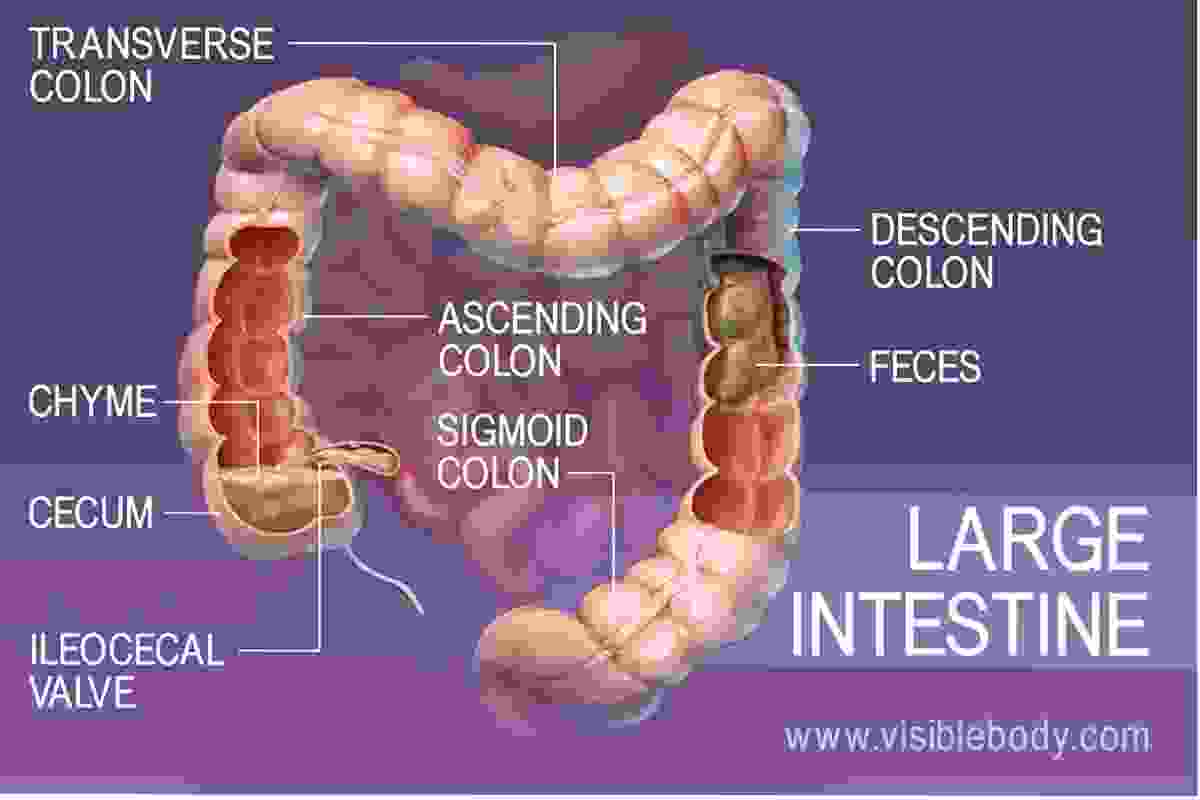Table of Contents
What is the Digestive System?
The Digestive system remains prepared up of the gastrointestinal tract, the gastrointestinal tract or digestive tract, and the liver, pancreas, and gallbladder. The gastrointestinal area consists of hollow organs united in a long, twisted tube from the mouth to the anus. The resonating organs that comprise the gastrointestinal tract are the mouth, esophagus, stomach, small intestine, large intestine, and anus. The liver, pancreas, and gallbladder are the powerful organs of the digestive method.
The small intestine has three parts. The first part is called the duodenum. The jejunum is in the central and the ileum at the finale. A large intestine includes the appendix, cecum, colon, and rectum. An appendix remains a finger-shaped pocket devoted to the cecum. The cecum is the primary part of the large intestine.
Nutrients in, Waste Out
Ingested food remains chewed, swallowed, and transported through the esophagus to the stomach, where it breaks down into a liquid called chyme. The chyme passes from the stomach to the duodenum. There it mixtures with bile and pancreatic juices that further degrade nutrients. The inner wall of the small intestine remains lined with finger-like projections called villi, which absorb most of the nutrients. The remaining chyme and water pass into the large intestine, which completes absorption and removes waste.
1. The Villi that Line the Walls of the Small Intestine Absorb Nutrients
The villi that line the small intestine walls absorb nutrients into the circulatory system’s capillaries and the lymphatic system’s chyliferous ducts.
The villi contain capillary beds and lymphatic vessels called chyliferous ducts. But, The fatty acids absorbed from the degraded chyme pass into the chyliferous ducts. Other absorbed nutrients enter the bloodstream from side to side the capillary beds and are taken up directly by the liver, through the hepatic vein, for dispensation.
2. The Large Intestine Completes Absorption and Contracts Excess
Similarly, Chyme clears from the small intestine through the ileocecal valve into the large intestine’s cecum. Although, The chyme into the ascending colon and the transverse colon. Likewise, Any remaining nutrients and some of the water are absorbed as the peristaltic waves move.
Although, This dehydration, combined with peristaltic waves, relieves compacting the chyme. Also, The hard waste formed is called faeces. These continue to travel through the descending and sigmoid colon. The large intestine temporarily stores stool before elimination.
3. Defecation Removes Waste from the Body
Likewise, The Body expels the waste products of digestion through the rectum and anus. But, This process, called defecation, involves contraction of the rectal muscles, relaxation of the internal sphincter of the anus, and an initial contraction of the skeletal muscle of the external sphincter of the anus. For the most part, the defecation reflex is involuntary and depends on the autonomic nervous system. But the jumpy somatic system likewise plays a role in controlling the timing of elimination.nutrients in, Waste Out
Nutrient Removal
Although, Nitrate, phosphorus, and ammonia are nutrients that can be present in water. But, High levels of nutrients can stimulate algae growth, causing eutrophication of surface waters, a major environmental problem.But, In this process, algal blooms cause a reduction in the oxygen content of the water that can harm aquatic species and be toxic.
Although, Too much nitrate in drinking water can decrease the blood’s ability to carry oxygen and can be fatal to children, along with several side effects from direct exposure to toxic algae. Disinfectants used to treat drinking water can also form dioxins when they come in contact with toxic algae,
Similarly, Nutrients can get into the water in several ways. The discharge of fertilizers from the agricultural industry is an important source, with high nitrogen and phosphorus contents reaching lakes and rivers during heavy rains. Although, Concentrated animal feeding operations and burning fossil fuels can produce large amounts of nutrients, along with municipal wastewater treatment plants, power plants, and wastewater discharges from other industries.
But, In the top parts of the world, there are strict nutrient limits for water used for drinking or irrigation. Nutrient discharge levels typically apply to wastewater treatment plants, agricultural operations, mining operations, and industrial process nutrients in, Waste Out
Water Treatment
But, Membrane bioreactors (MBR) remain commonly used to remove nutrients from the water. This process combines a membrane process (such as microfiltration or ultrafiltration) with a biological wastewater treatment process, such as activated sludge.
Although, Activated sludge contains microorganisms that break down the natural content, accelerating the natural processes in the water. The membrane portion removes part of the liquid component, reducing the volume of water that requires treatment by the activated sludge. A significant drawback of using membranes is the fouling that occurs, which reduces the efficiency of the process.
Related Sereaches:
[bod removal]
[cleanteq]
[clean teq holdings]
[uranium removal from water]
[sulfate removal from water]
[mine water treatment]
[sulfate removal]
[removing sulfate from water]
[remove sulfates from water]
[aguas superficially]
[power plant water treatment]
[clean teq]
[removing sulfates from water]
[small intestine]
[small intestine function]
[large intestine function]
[absorption of nutrients in the digestive system]
[what does the large intestine absorb]
[what does the small intestine do]
[the part of the food that is not digested]

